Jungian psychology and the Yogācāra school of Buddhism both investigated the depths of the human psyche. Both proposed the existence of a hidden layer beneath our everyday conscious mind…
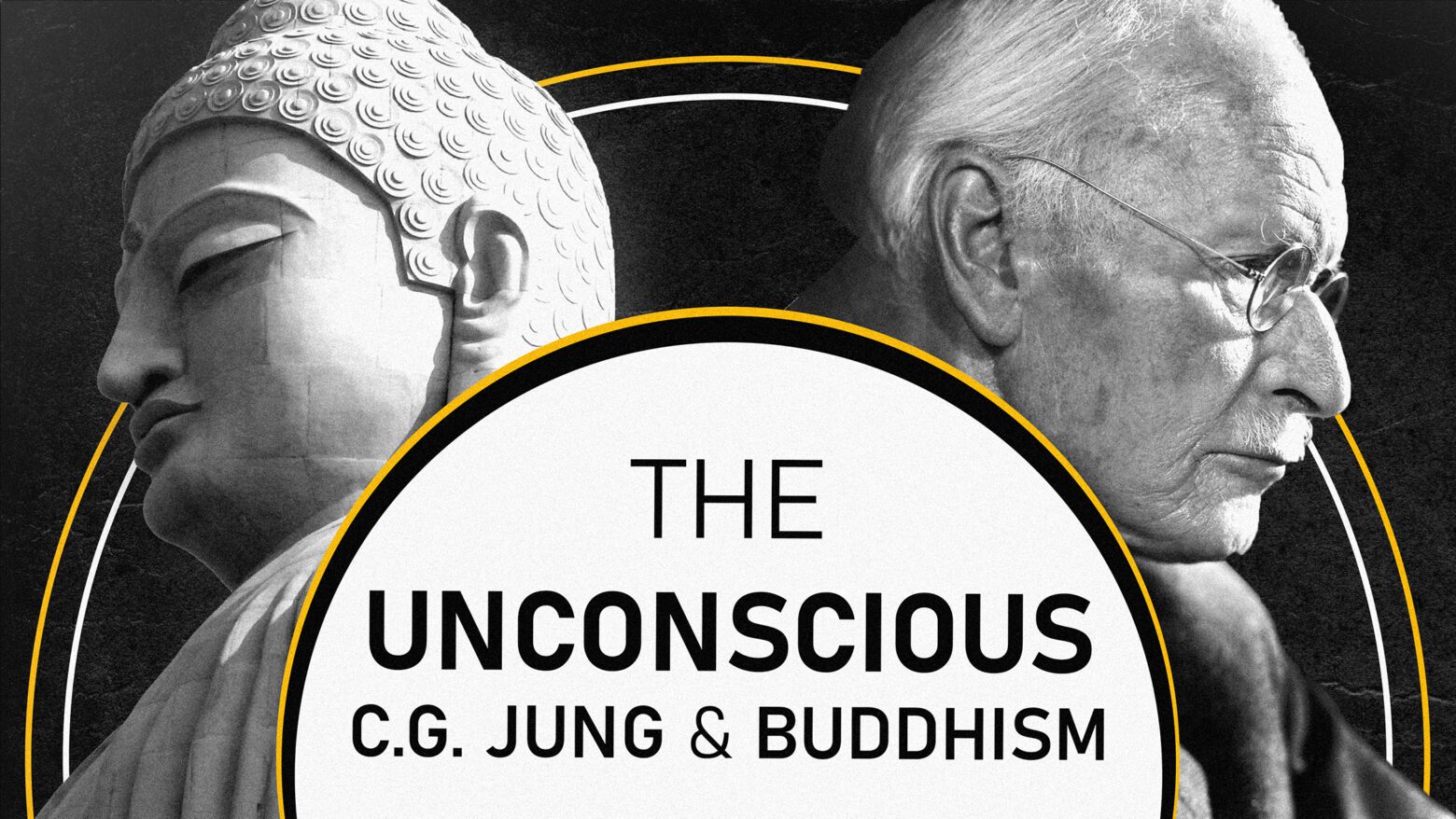

Jungian psychology and the Yogācāra school of Buddhism both investigated the depths of the human psyche. Both proposed the existence of a hidden layer beneath our everyday conscious mind…
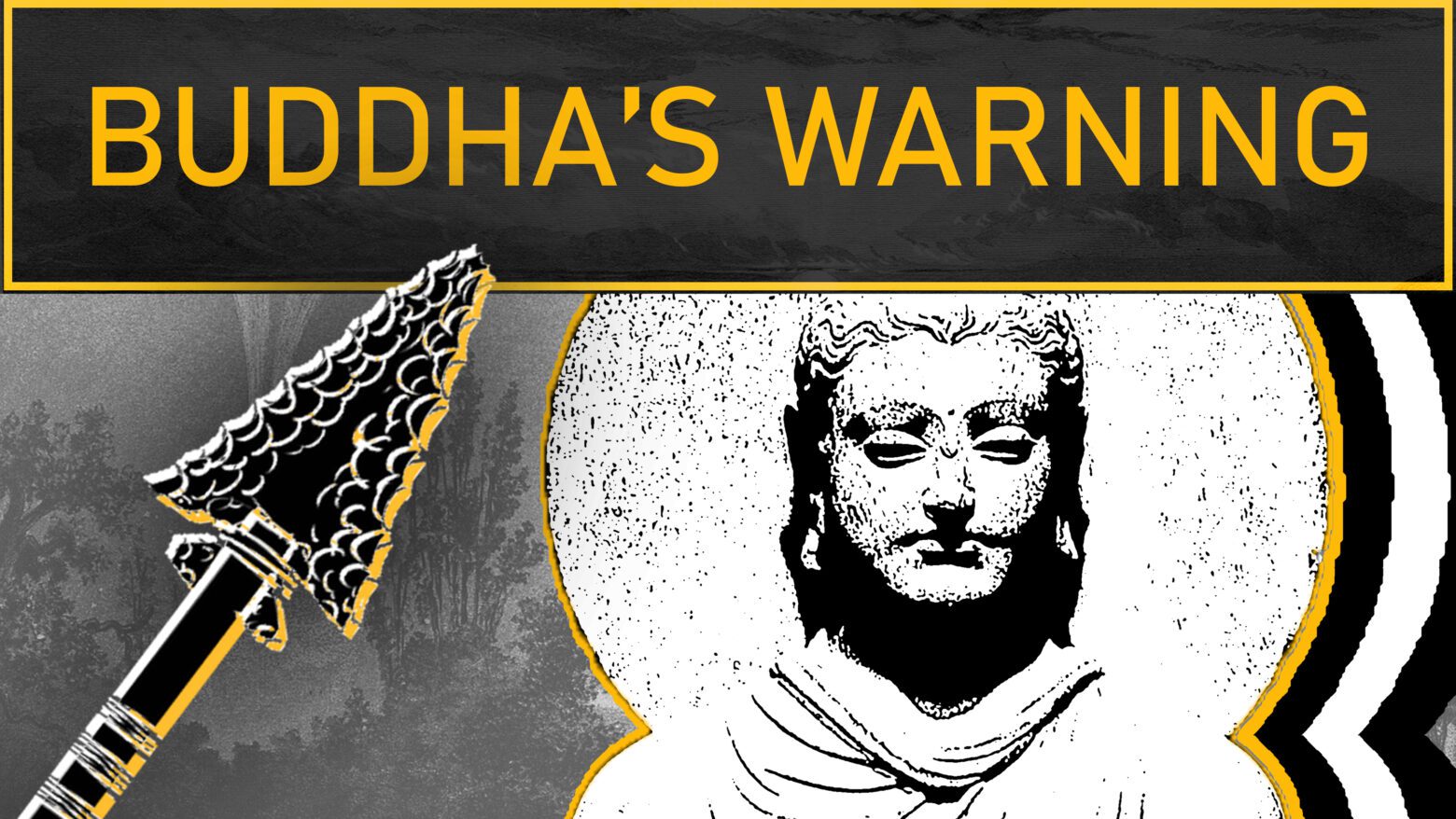
The Buddha’s parable of the poisoned arrow is a warning against losing ourselves in philosophy and forgetting the true goal of inner growth.
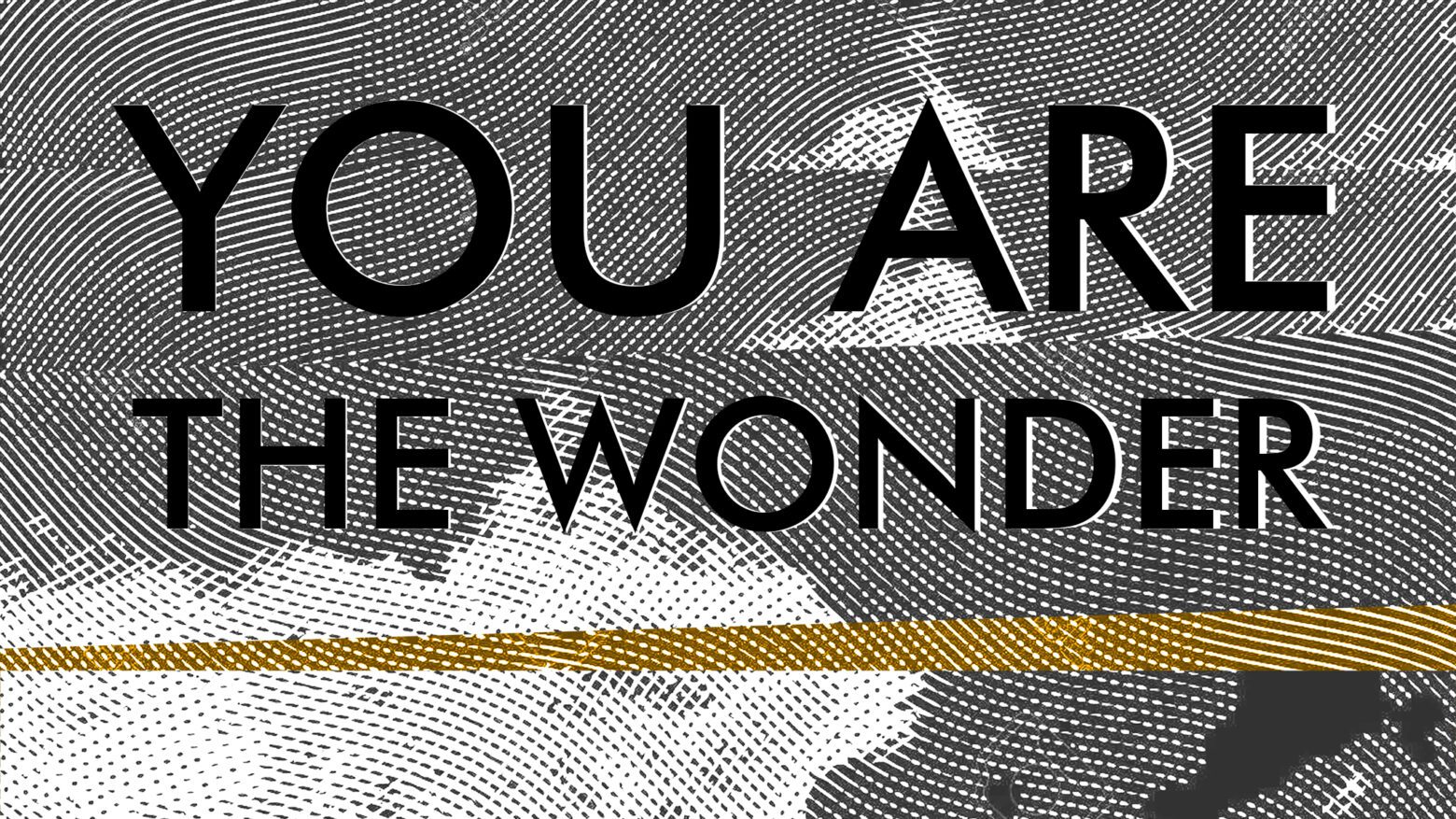
The nondual experience of oneness (wholeness) is at the core of mystical experience. But this union of opposites, this awareness of being is available in ordinary, everyday experience. One only needs but look and see.
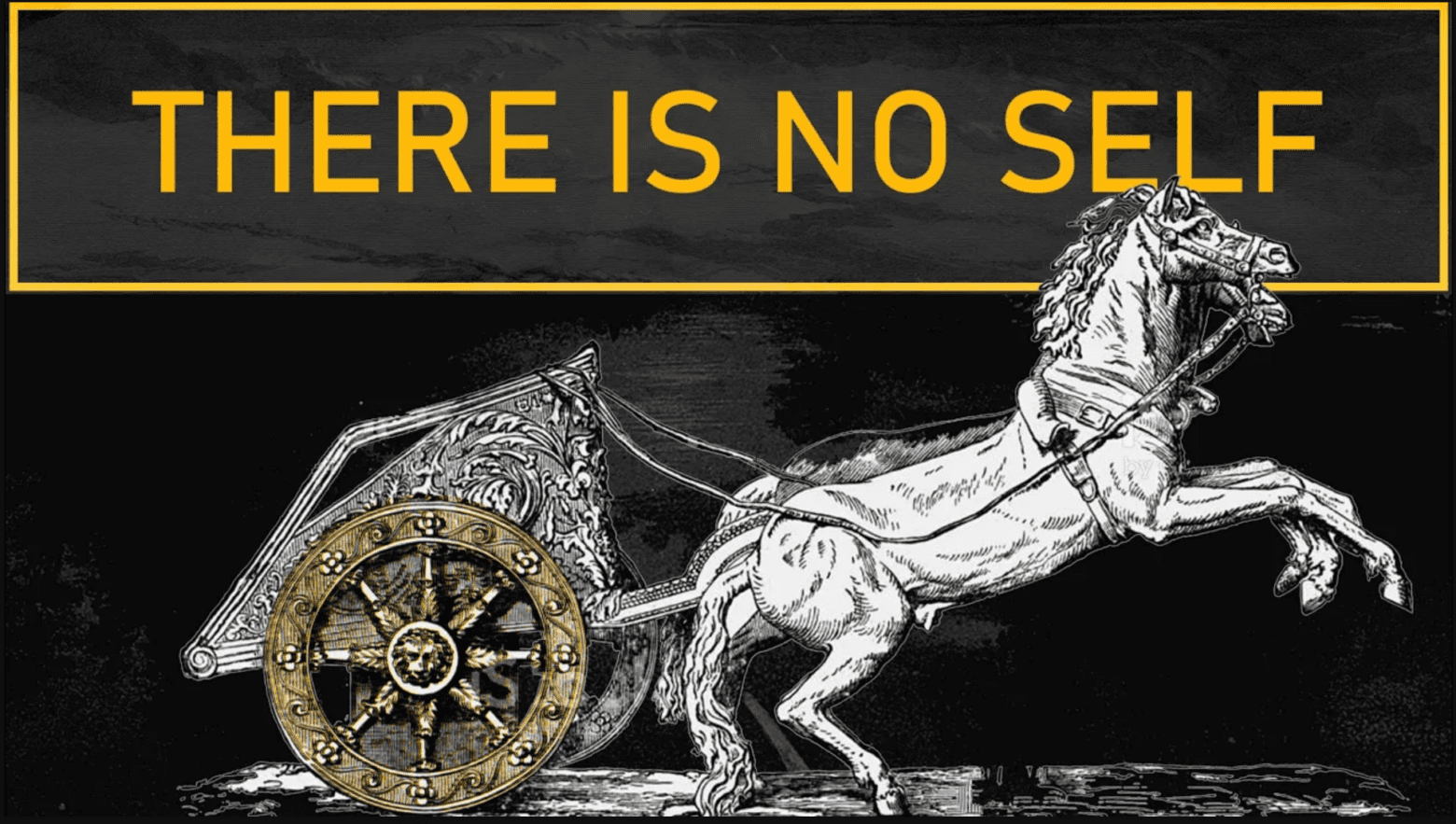
Who are you? What is your self? What is that which you call ‘I’ and who are ‘you’ to call it that? Inquiry into the nature of the self is at the core of the Buddha’s teaching – and it is the key to the Buddhist liberation from suffering. Here we explore an iconic Buddhist story about the (non-)self.
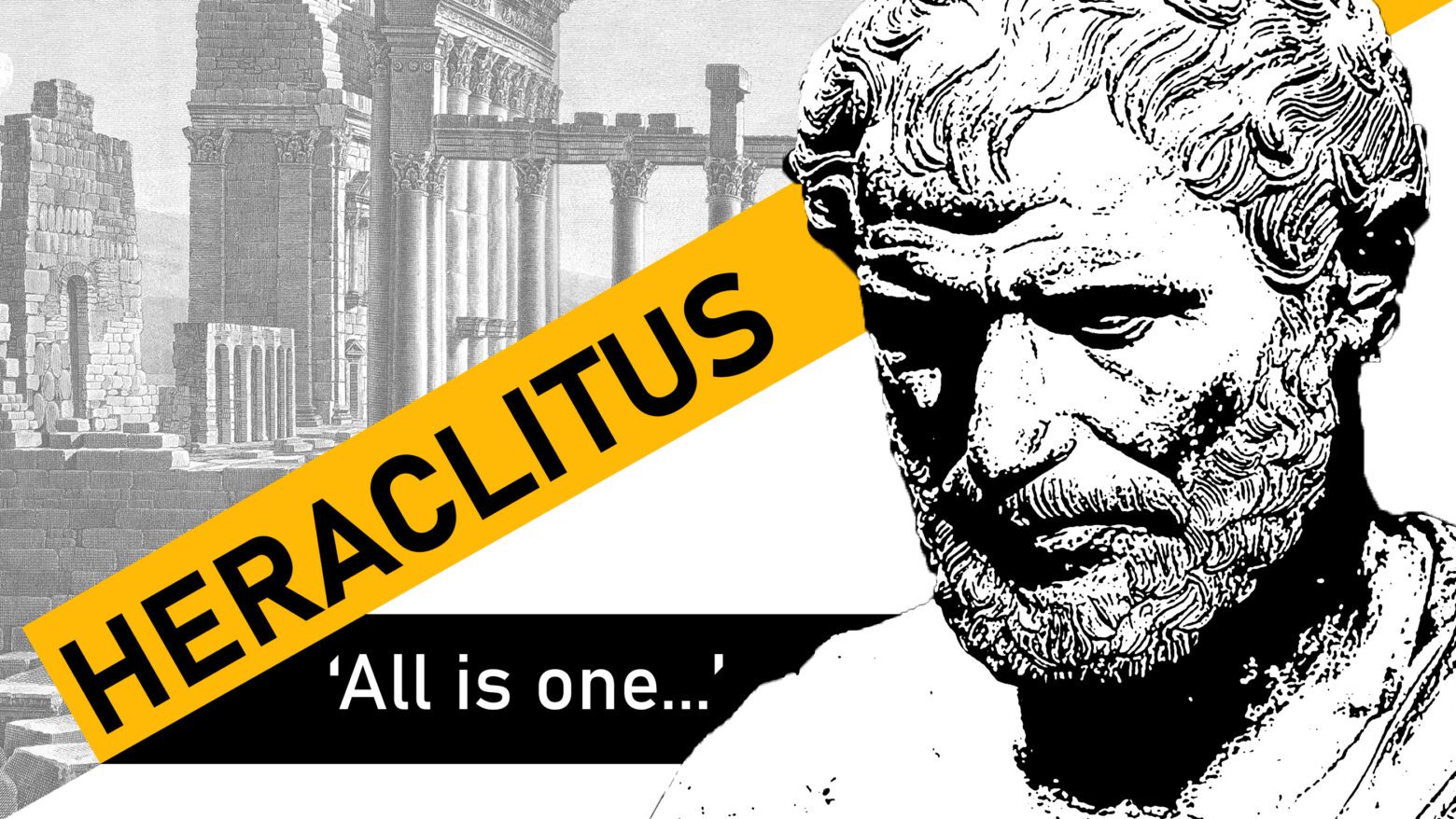
Is Heraclitus the greatest philosopher no one talks about? And what did this thinker mean when he said the world is made of fire?
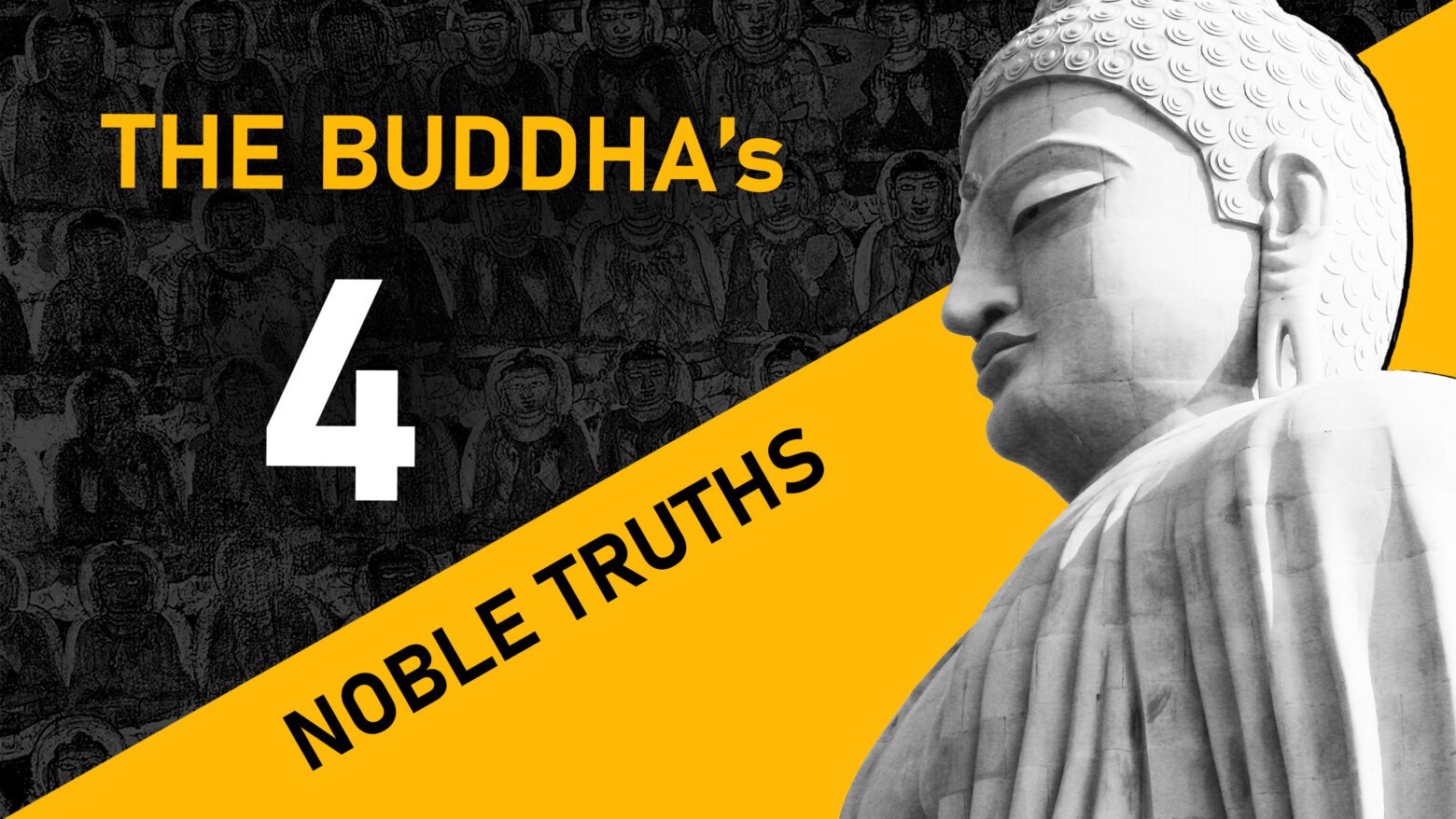
To hear these four truths, the Buddha said, is already the first step on a path that one day WILL bring you to becoming an awakened one, a Buddha, yourself.
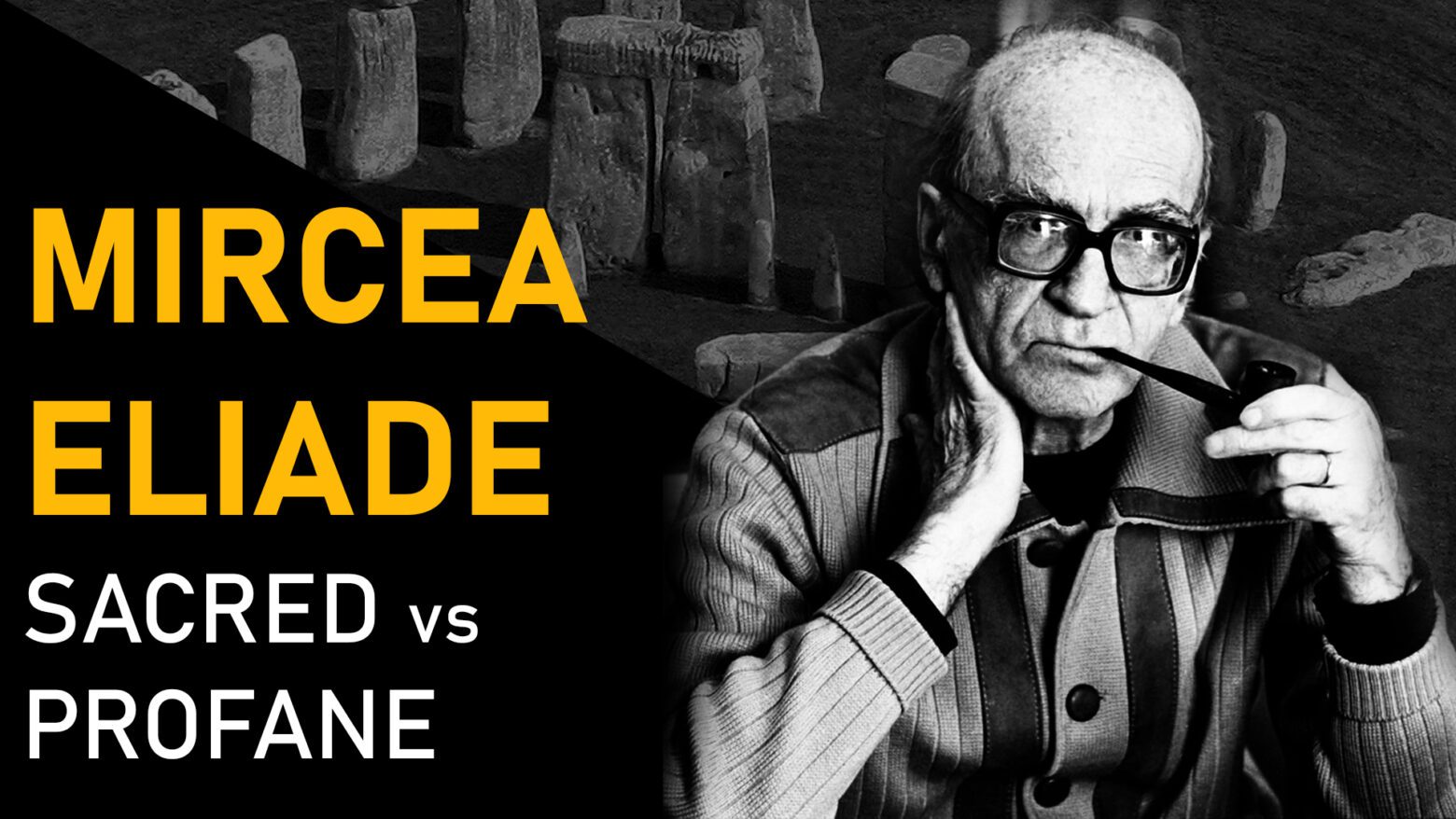
By identifying with a myth or an archetype, archaic man participates in ultimate reality and enters the plane of the gods, of life everlasting.
